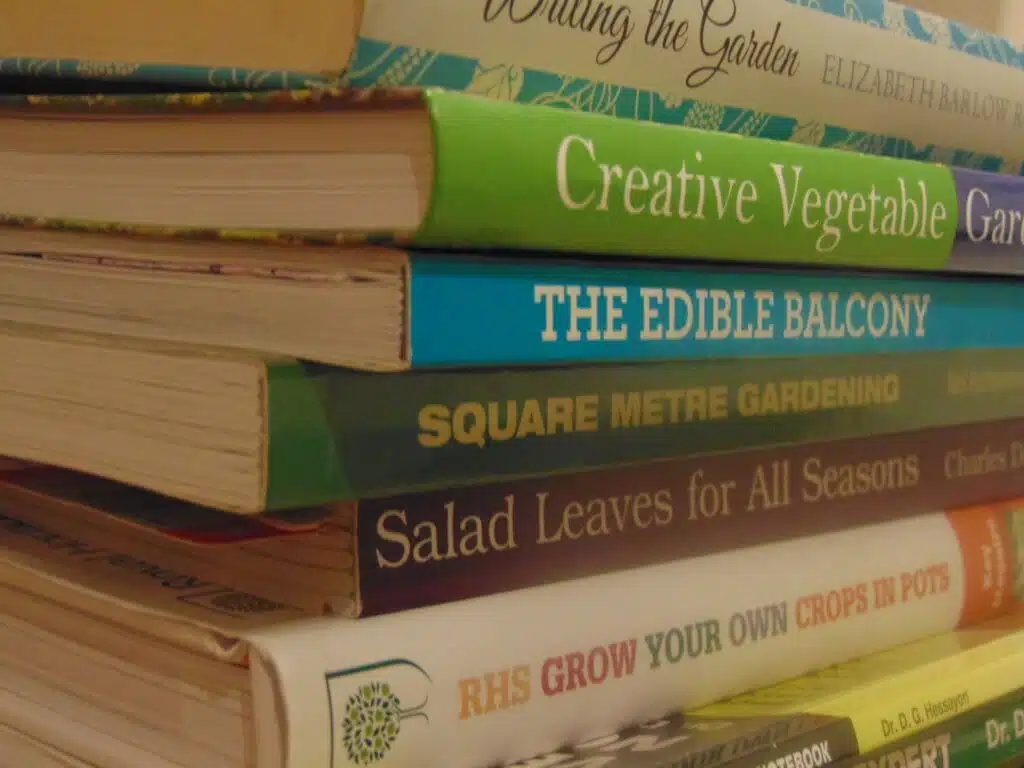You can’t have enough gardening books. It’s a law as immutable as the cycle of the seasons and the persistence of slugs. And it’s particularly true of urban gardeners. A limited space lends itself to new ideas, weird plants, and wonderful designs.
I’ve had to whittle down my bookshelf, but here are my eight favourite urban gardening books. If I were stranded on a balcony with no possibility of rescue, these are the ones I would keep with me.
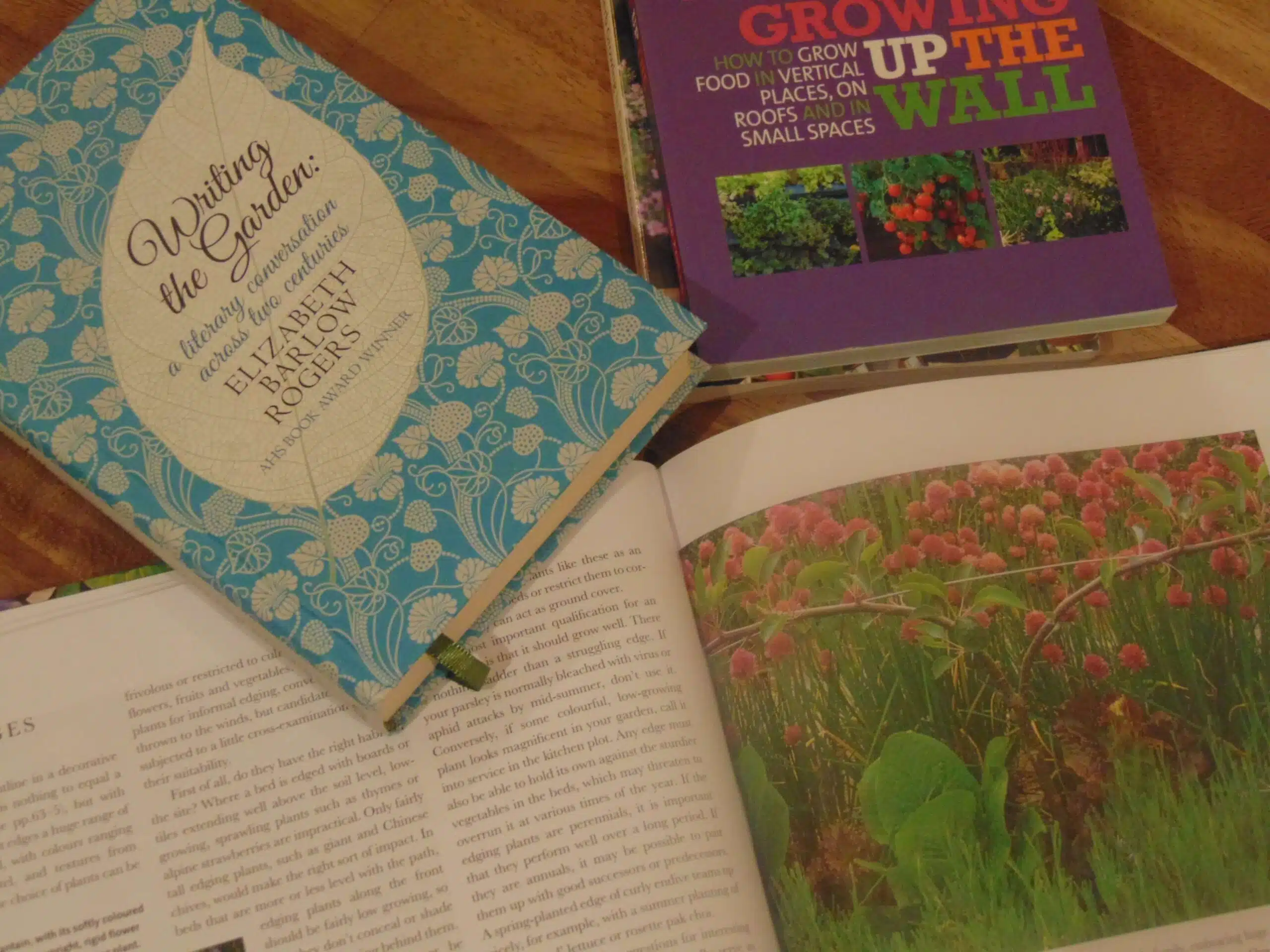
Most follow a fairly standard template: a general info section (with growing practices and tips) followed by plant-specific guides. Some are focused exclusively on plants, whilst others are dedicated to design tips. What they all have in common is a unique voice. The personality-filled writing styles of the authors, whether the warmth of Joy Larkcom or the no-nonsense directness of Dr. Hessayon, always lend a great deal of depth and originality to the advice.
Let’s dig in.
1. Indoor Kitchen Gardening by Elizabeth Millard
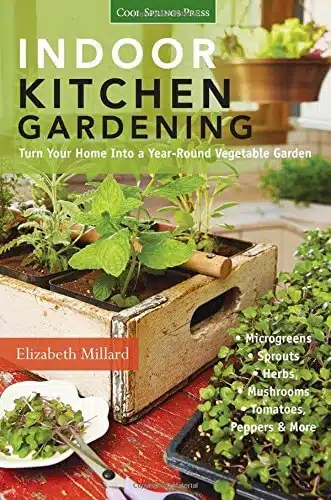
Urban gardening is all about maximising space, and that process begins inside! Any small-space grower should take full advantage of all their windowsills, bright rooms…and even the darker spaces (mushrooms and and grow lights are covered). This book is the best place to start! It was one of the first that I ever read when I started to get interested in food growing and I’m really glad that I did.
There are a lot of factors that indoor veggies need to thrive, that aren’t applicable when growing outdoors. The risk of some diseases, for example, is higher, while the lack of airflow can lead to flimsy stems. It also covers microgreens and sprouts, along with a full section on different types of herbs.
2. The (New) Vegetable & Herb Expert by Dr. D.G. Hessayon
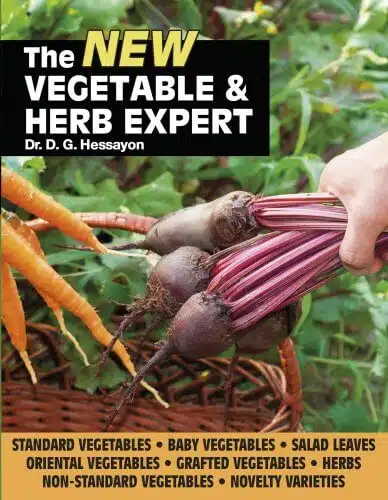
Though not aimed specifically at urban gardeners and container growers, this book by Dr. Hessayon is still absolutely indispensable. I’ve based my own container guides on parts of the format he uses and the book is absolutely chock-full of useful advice and snippets of information. It’s a great for flipping through during the winter months when you’re planning for spring.
The advice that’s given can easily be adapted to container growing. Need a free-draining soil? Add some grit to your mix. Extra manuring or fertilization advised? Up your feeding regimen. There’s also a thorough section about unusual veggies (always great for city growers), herbs and even sprouts.
You can find an abridged version of the book, called The Expert Vegetable Notebook, and I would recommend both. Copies can be a bit tricky to get new in the US and they seem to go in and out of availability in the UK. They’re worth finding though. Really worth it.
3. Creative Vegetable Gardening by Joy Larkcom
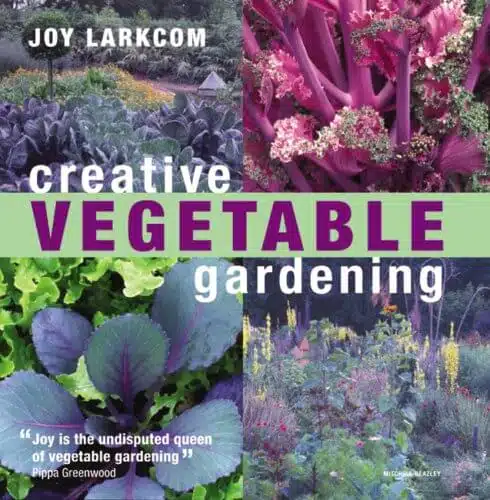
Alys Fowler has called this book, “…my happy place, one I head back to whenever I feel uninspired by my own garden.” One day, I intend to write a series of articles titled The Urban Potager based on the ideas and advice in this book – where city growers can cultivate an edible space that is both scrumptious and beautiful.
Larkcom’s book is about general principles rather than specific plants (though many are covered) and the advice is uniquely applicable to a small-space setting – putting plants with complementary growth habits together, for example. It’s a (mind the pun) joy to read, to dip into and to come back to. Get it.
4. Grow Your Own Crops in Pots by Kay Maguire
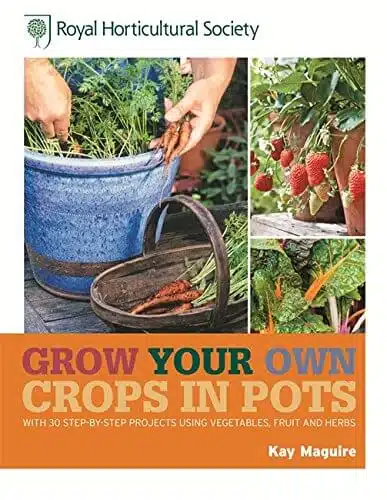
If I had to recommend one book to container growers just starting out, it would be Crops in Pots by Kay Maguire. It’s wonderfully simple, covers fruit, veg and herbs (edible flowers too), and she isn’t afraid to suggest plants that aren’t usually seen as ideal candidates for growing in pots. Figs, anyone?
There is a section at the front about general growing tips followed by plant-specific advice for different edibles. It’s all ultra simple and practical and, like I say, there’s no shortage of unusual and interesting plants and ideas (like the herb bath). Great as a reference book and for planning and urban space.
5. Salad Leaves for All Seasons by Charles Dowding
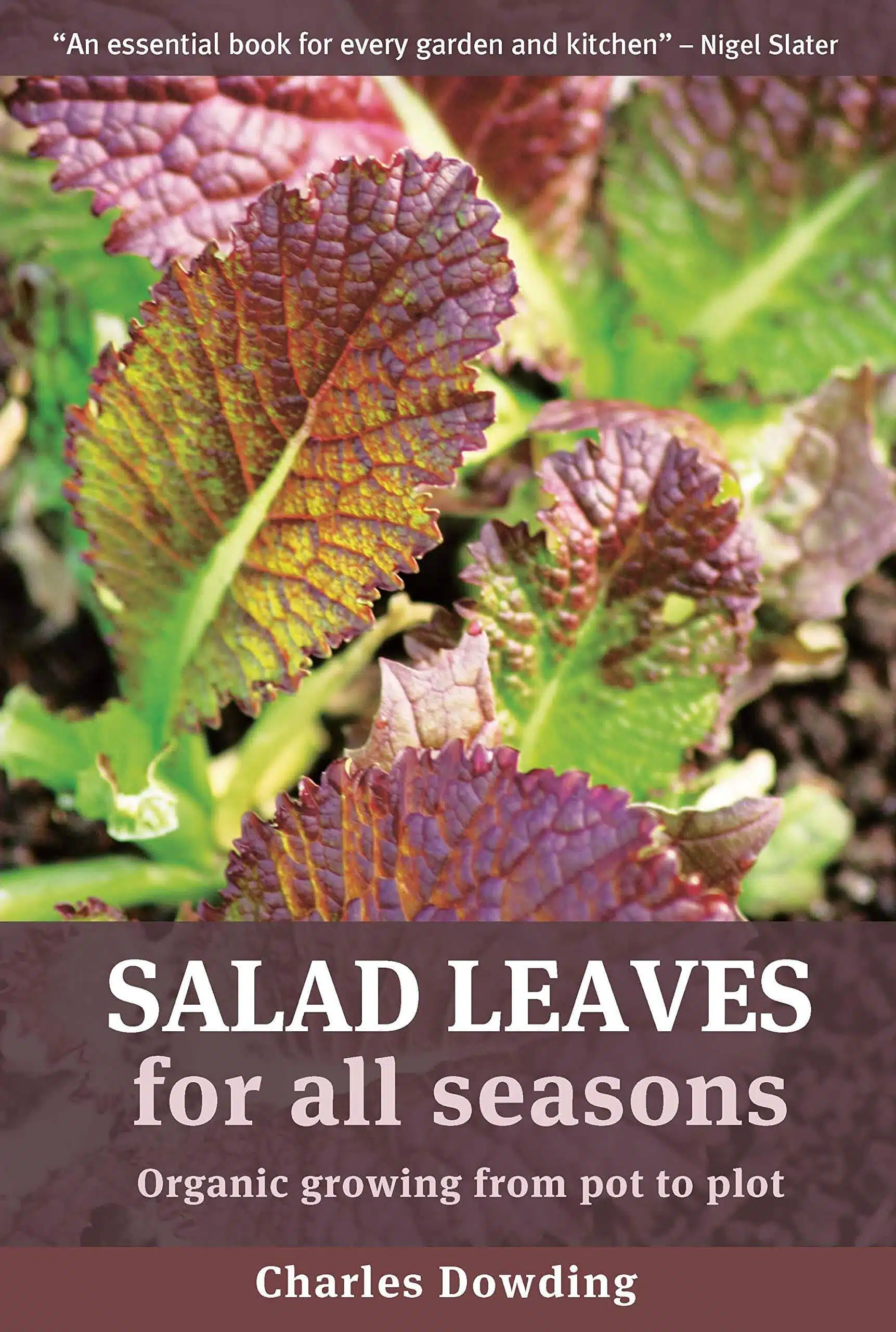
Charles Dowding is my favourite gardening writer. His advice is simple, practical and often counter to prevailing wisdom. He has a wealth of experience, gleaned from years of tending to his own kitchen garden in Somerset. His books are warm, to-the-point and very often innovative.
The reason this book is so useful for small-space growers and urban gardeners is because salad is very nearly the perfect crop for growing in cities. You can get several harvests from one plant, it’s easy to grow and good variety selection will enable growing throughout even the coldest months. I’ve personally written a lot about it and I’m never hesitant to tell city growers about the benefits.
6. The Balcony Gardener by Isabelle Palmer
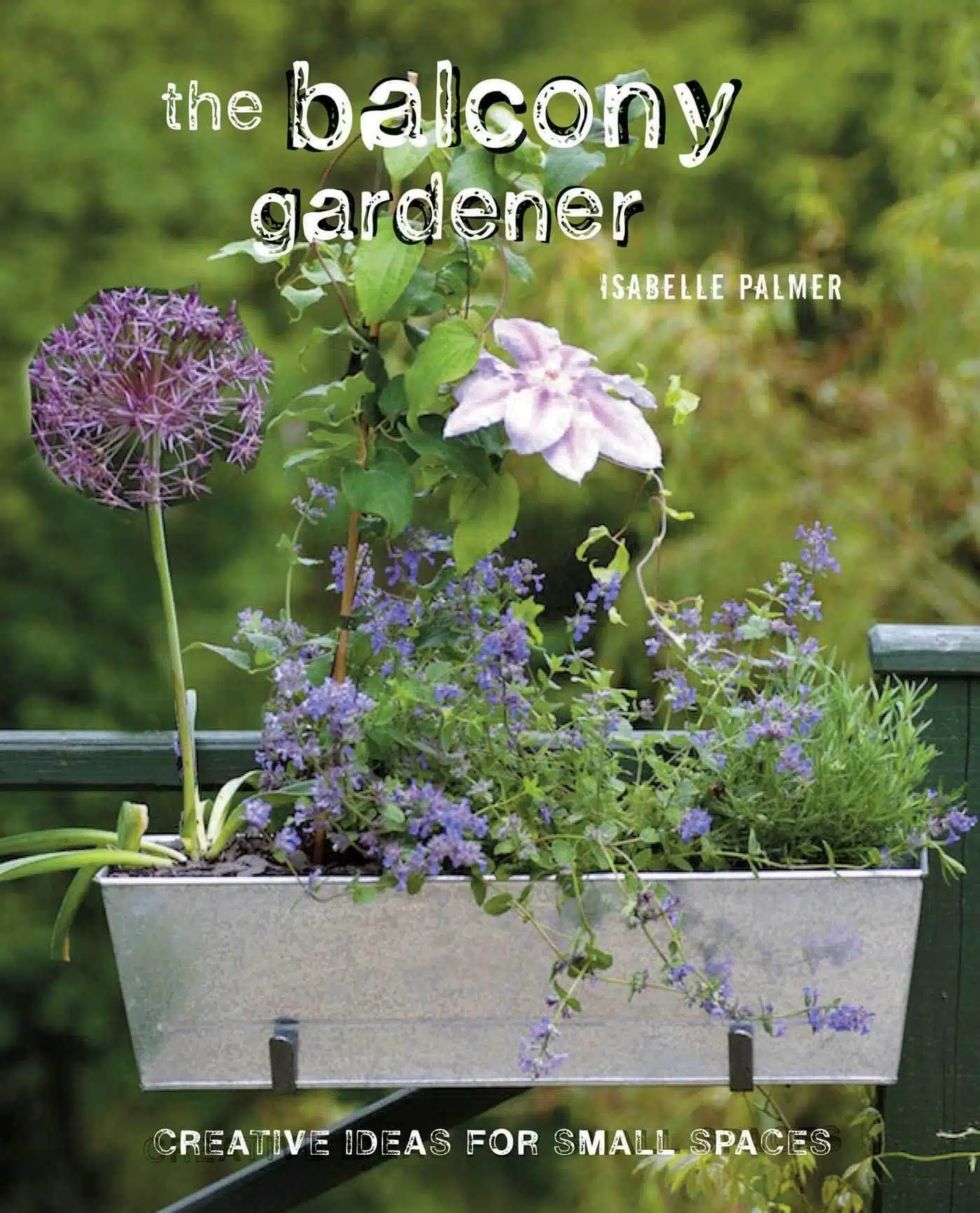
This is a book about urban gardening that sits more on the design end of the spectrum. It’s less about specific plants and more about how you can craft and build a space that’s truly your own. Part of the joy of having your own garden is that it’s an area in which you can create your own little sanctuary in exactly the way that you want.
Many of the ideas in this book are wonderful. Have you ever thought about growing a curry box, not a regular old herb box? What about the colour scheme of your flowers…had you even considered it? There’s also a great section on recycling old furniture and odd-ends for use in the garden.
7. How to Grow Perennial Vegetables by Martin Crawford
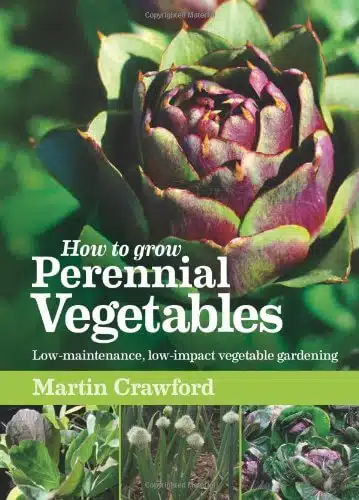
Why perennials? Well, two reasons. First, they’re a good option for city growers because they’re low maintenance. You can get decent harvests without the need to replace potting mix every year (lugging big bags up steps is a hassle) or buying seeds. Secondly, there’s a host of unusual possibilities open to you. Small-space gardening should be about growing food that isn’t available on a shelf in the supermarket.
Martin Crawford’s book is full to brimming with plant suggestions (there must be well over a hundred) so there’s no shortage of options. Of particular note is the hefty selection of leafy vegetables that can be picked for salads but that will grow back again every year. There’s also culinary advice about how to use all of the plants (so don’t worry about being unsure about how to cook your harvests).
8. Square Metre Gardening by Mel Bartholomew
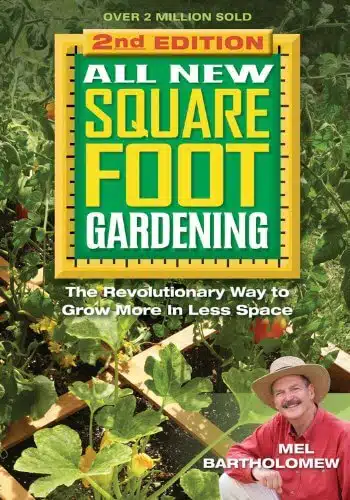
Mel Bartholomew is a pretty well-known name in the gardening world. His unique “square metre” concept is an interesting one and it’s worth knowing if you’re an urban gardener. The basic premise is that you garden in the space of a square meter, rotating between different sections and tailoring your potting mix to allow for close plantings.
The bulk of the book is dedicated to general advice, with a section about plants towards the end. Regardless of how you garden, much of the advice will be transferrable to your setting, so it’s worth having a read. It’s also a really nice book: lots of pictures, big glossy cover and a nice layout. It would make a great gift.
Other books worthy of a mention
Not everybody can get a look in! Here are some other books that deserve a mention:
- The Edible Balcony (Alex Mitchell): A nice blend of design and growing information.
- Vegetable, Fruit and Herb Growing in Small Spaces (John Harrison): The title says it all. Written by one of the best-known gardening authors in the UK. Available in the US for Kindle (it’s not heavy on pictures so reads well on a Kindle).
- Growing Up The Wall (Sue Fisher): A book specifically about vertical gardening. It’s only a small book and a good accompaniment to the other books on this list.
- Writing the Garden (Elizabeth Barlow Rogers): A collection of extracts from famous writers on the topic of gardening. Great to dip in and out of and it looks good on the bookshelf!
Leave a comment below!
What are your thoughts? Have you read any of the books on this list? Leave a comment below and let me know!
